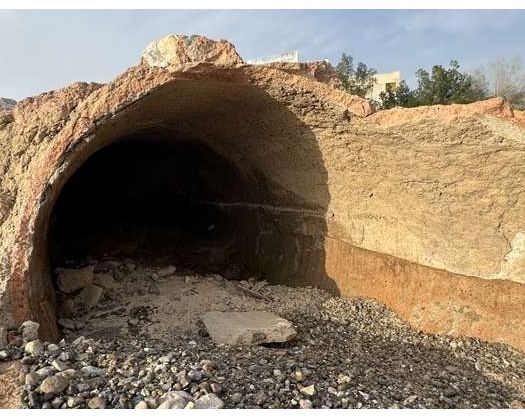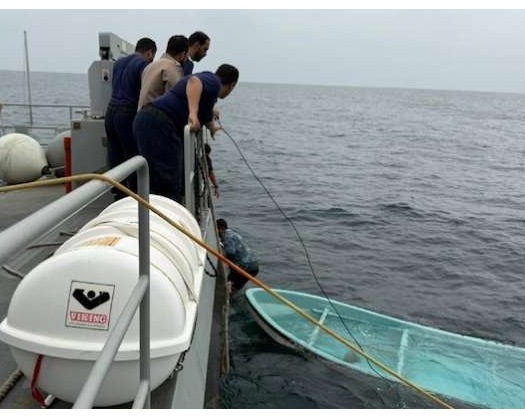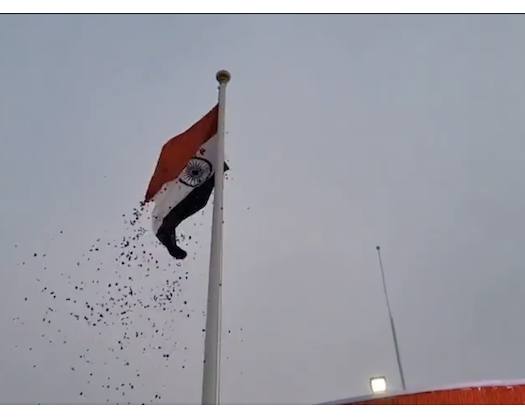A water channel was uncovered in the Wilayat of Ibri following the recent alleviation of low pressure conditions that affected the Al Dhahirah governorate. The visibility of the water channel was a result of the wadi eroding the sand along its banks.
Renowned researcher Hilal bin Amer Al Qasmi, specializing in Omani heritage, aflaj, and author of a book on the engineering structures of Omani aflaj throughout history, explained that the wadi's erosion led to the exposure of the water channel. Constructed from stone and clay, the channel contains a hollow pipe made of stone and coated with sarooj, a water-resistant mortar substance, and stones for added protection.
Al Qasmi further detailed that the channel, known as an aflaj, originates from the al Ghabi area near the northern side, where the source of Al Mafjouri is situated. The individual aflaj is believed to have a source length of 15 meters.
Researcher Ahmed bin Ali AlNasseri provided additional information, stating that the water channel's width measures 90 centimeters, with a length of approximately 115 meters and a diameter of 67 centimeters. A vent located at the top allows for the cleaning and maintenance of the channel.
The area in Wadi Al Kabir, within the Wilayat of Ibri, previously received water for irrigation from three aflajs, including Al Mabouth, Al Mafjouri, and the newly discovered channel. The surrounding residential area, known as Kawas, benefits from this water source. Local residents mentioned that the aflaj was formerly referred to as Al Radidah Falaj and was utilized for irrigating the Al Mulainah area.













